Celebrating women who tell our stories
Leah Kinthaert
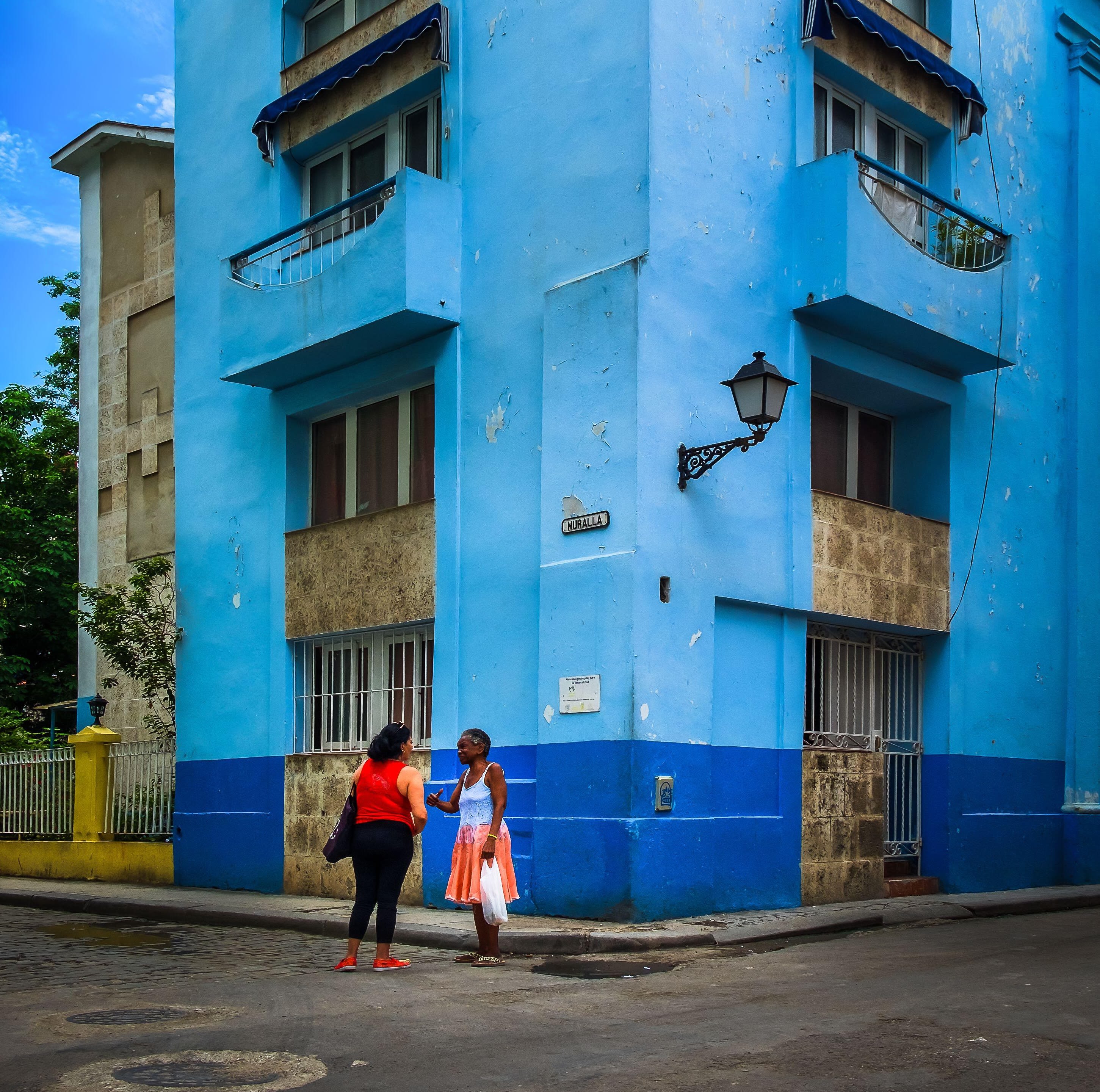
The theme for Women’s History month 2023 is “Celebrating Women Who Tell Our Stories”.
Women tell their stories in richly different places, around the kitchen table, over coffee to each other, or to their families; or as writers, journalists, and on social media networks. These stories are told in myriad ways – from actual recounting of events to their actions, art and activism. For this article, I want to represent not just the women who have access to traditional media, but those who have stories to tell, and messages to send, that may often be overlooked, because of where or how they are told.
Utilizing the latest Taylor & Francis books and academic journals, in topics from Intercultural Communications to Global Health, I have compiled seven very different collections of stories about women, by women, from around the world.
"...pool parties become a mode of resistance when publicly shared because Iranian gender laws qualify unmarried youth's intermingling as illegal...
Pool parties as resistance
Since the 1979 Iranian revolution, harsh consequences have been imposed on those who break conservative dress laws or violate laws against gender mixing. In her article Best of both worlds or refusal to comply? The rich kids of Tehran on Instagram, Laura P.B. Partain discusses how a group of mixed gender Iranian youth have used their actions, and their subsequent posting on Instagram, as political resistance. Partain writes: “these Instagram images…resist Iranian laws on gender mixing and illustrate the frequent inversion of private and public space. In public, Iranian women appear largely hidden, blending into the city space through layers of covering. In private, they become disrobed and are freely able to move between spaces, activities, and clothing. The get dressed up to stay in; they are often pictured in head-to-toe ‘going-out’ clothing that they wear in each other's homes. In instances such as these, the RKOT (Rich Kids of Tehran) utilize private home space to publicize their desired representations to a global public.”
In the very open and exposed space of Instagram, private activities become public, challenging laws in an indirect, but powerful way. Partain continues: “(mixed gender) pool parties become a mode of resistance when publicly shared because Iranian gender laws qualify unmarried youth's intermingling as illegal.” Partain goes on to explain that she does not see certain activities or style of dress in certain settings for the women of the RKOT as confrontational in themselves, but once they are posted on Instagram they transform into acts of defiance.
Read Best of both worlds or refusal to comply? The rich kids of Tehran on Instagram from the Journal of International and Intercultural Communication

"Within this unique medium lies a generative, transgenerational opportunity to bend culture and politics toward a more expansive and futuristic vision of gender justice..."
Finding one's voice
Homeless women are largely seen as passive victims, and due to their lack of access to basic resources, are a group whose voices we rarely in traditional media. Inbal Leibovits writes: ”homelessness, like poverty more broadly, is portrayed as a personal failure, resulting from laziness, deviance (such as alcohol or drug abuse), mental illness, and so on. As women who often suffer from domestic abuse or sexual assaults, they are viewed as passive and their problems are understood as personal.”
Homeless women are misrepresented, and also unrepresented, they are what Leibovits calls “liminal citizens”. Leibovits explains: “the means available to different citizens in the process of ‘self-making’ or enacting their citizenship are constrained by the citizen's race, class, and culture...limited accessibility to political participation experienced by extremely excluded individuals hampers their mere citizenship. Rather than being active members of the society, liminal citizens are subordinated to laws imposed upon them, while having very limited means to represent their own perspectives, needs, and grievances.”
Leibovits argues that, in isolation, homeless people can be easily dismissed, but when they are empowered by others in the same circumstances, and can transform their lived experiences into political arguments, this can ultimately lead to their validation and them being heard. Leibovits interviews two homeless women, Shanell and Lora, both involved in the “Gathering Ground Theatre,” a local theater group in Austin, Texas, and reflects on their personal “sense-making” process, the process of consciousness raising. The experience is quite profound. Leibovits writes: “While a traditional assumption of liberal democracy is that knowing subjects can articulate their grievances and demands, what emerges from the interviews is that it was only through the group's joint process that Lora and Shanelle were able to see their stories as worth telling. Lora, for example, explained how Roni, the group's director, coached her in the process. She said, ‘Roni helped me bring my voice forward, and to even know what happened to me anyway, because I didn't really know’.”
Read Homeless women self-advocates: The quest from liminal to full citizenship from the Quarterly Journal of Speech.
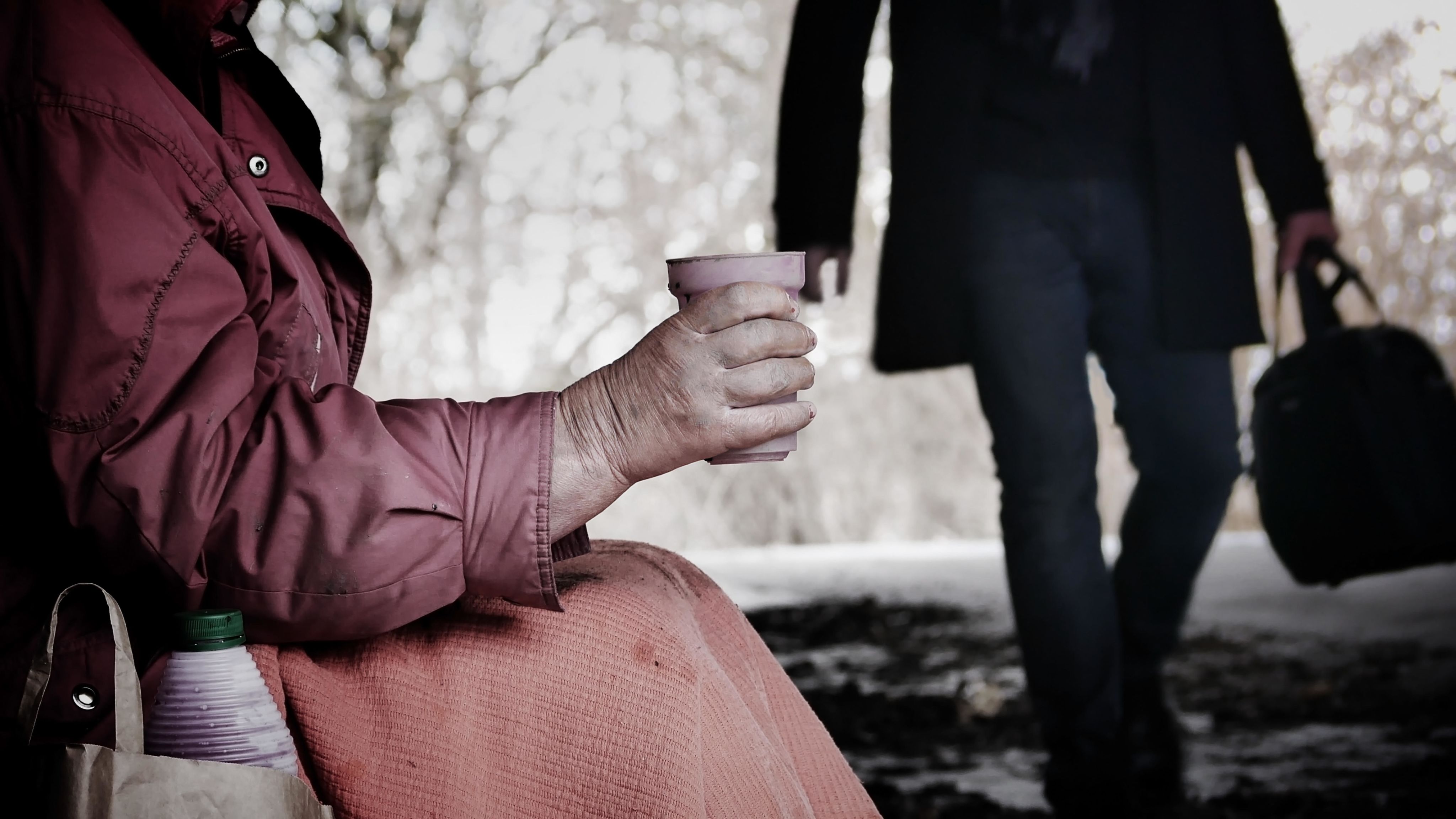
"women tell their personal stories of violence because they hope their story will be shared with other women who are then able to achieve a different ending..."
Creating the world over again
As we have seen, the very act of sharing a story can bring clarity to the teller, as well as motivate an audience to action. In the article, ‘My story is like a magic wand’: a qualitative study of personal storytelling and activism to stop violence against women in Turkey, personal stories of violence are being used to help “alleviate suffering” as well as “as a form of activism to prevent femicide in Turkey.”
The authors Kasonde Mwaba, Gamze Senyurek, Yeşim Işıl Ulman, Nicole Minckas, Peter Hughes, Sharli Paphitis, Shazana Andrabi, Lobna Ben Salem, Lida Ahmad, Ayesha Ahmad and Jenevieve Mannell, conducted interviews in 2019 with 20 women who experienced violence and had been recruited by the ‘We Will End Femicide’ Platform in Istanbul. Participants ranged from lawyers, to nurses, market vendors, students, and housewives. The stories they shared, ranging from experiences of physical violence to internet stalking and intimidation, were harrowing, but also hopeful. One woman explained: “What we do now, talking with each other, is a sort of women solidarity. Although it sounds like a slogan or cliché: if women get united they can create the world over again.”
The authors conclude in their study that women telling their stories is critically important, however it can be a great sacrifice for the women who tell them: “Women who tell their stories against a background of social and structural constraints are taking enormous psychological and physical risks. Personal storytelling about experiences of interpersonal violence in a social and cultural landscape that undermines women’s human rights can instigate additional acts of violence and sometimes even death.” Ultimately the goal is social change, if not for the teller, but for her peers: “women tell their personal stories of violence because they hope their story will be shared with other women who are then able to achieve a different ending.”
Read ‘My story is like a magic wand’: a qualitative study of personal storytelling and activism to stop violence against women in Turkey from the journal Global Health Action.
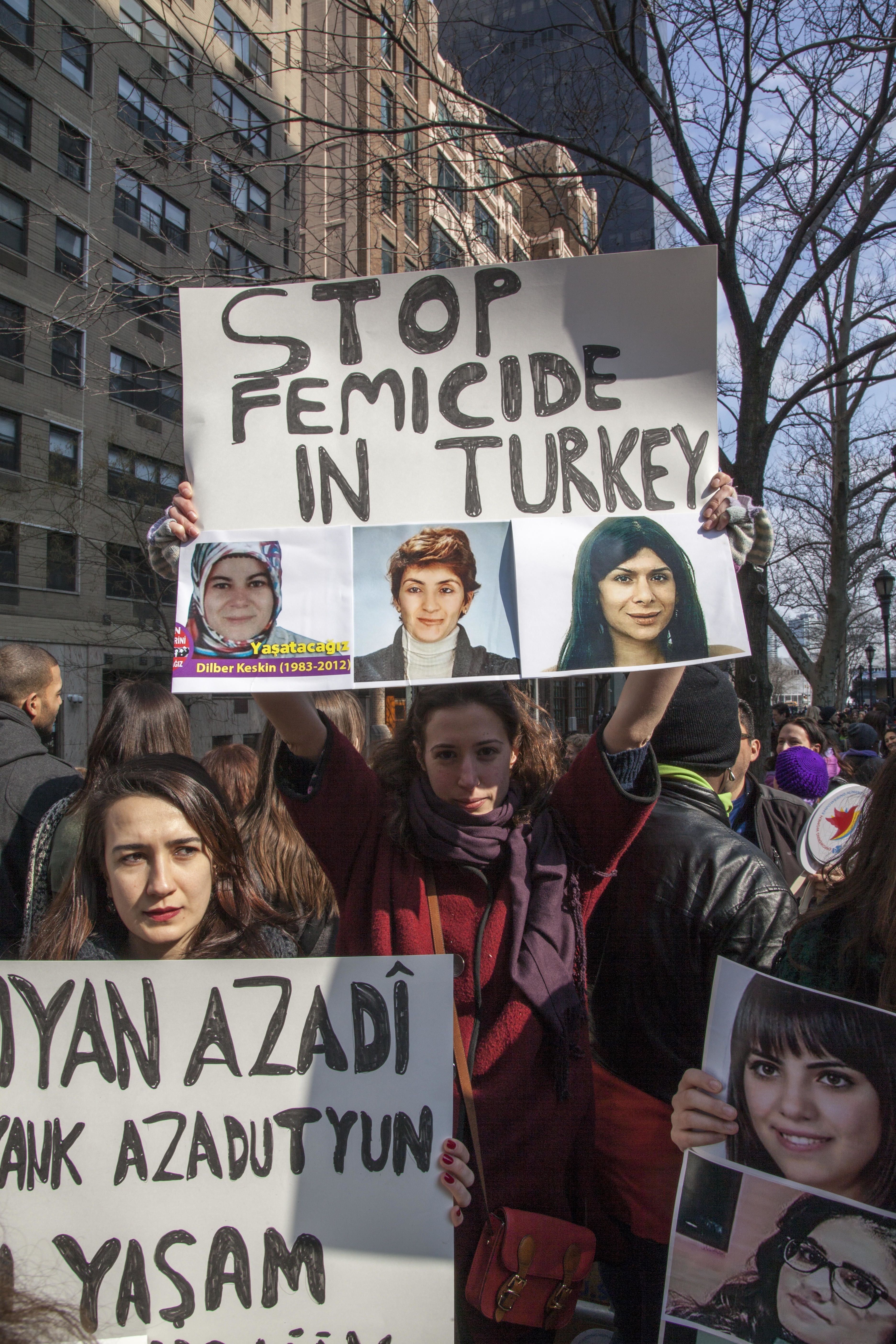
"An increase of as little as 5% in the number of women in national office makes a country significantly less likely to go to war..."
Data tells the story
Many of the stories I have come across are concerning women as victims of violence. So when I saw that researcher Alexis Henshaw was researching women who fight in armed struggles, I was intrigued. Henshaw asked the question “What motivates women to participate in armed insurgencies?” in her book Why Women Rebel: Understanding Women's Participation in Armed Rebel Groups. Henshaw describes her results: “Most notable among my findings in that chapter was that women (and often girls) participate in armed conflict more frequently than many would expect. While much of the literature in mainstream international relations and political science assumes men and boys to be the default recruitment pool, in fact women have participated in more than half (about 60%) of all post-Cold War insurgencies studied here.” Henshaw’s research fills a valuable gap because although “women have played a variety of roles in armed resistance movements” they are ”largely viewed as aberrations in academic and popular discourse.”
So why do they fight? Henshaw analyzed data on women’s participation in “a random sample of 72 non-state armed groups identified by UCDP/PRIO (Uppsala Conflict Data Program/International Peace Research Institute) as active for two or more consecutive years between 1990 and 2008.” She found that survival beats out both ideology and profit making as intention. Henshaw explains: “Among the hypotheses that are supported, economic grievances seem to play a major role in motivating women to join armed struggles” and “movements that include redistributive ideologies are about seven and a half times more likely to include women in noncombat roles than all other movements.” Additionally, “Cross-national analysis found no indication that women were profit seekers looking to join a rebellion for personal gain.”
Henshaw contests that equality for women translates into peace. “Countries where women have had suffrage longer, where more women hold office at the national level, and where women participate more in the workforce seem to be more peaceful overall. An increase of as little as 5% in the number of women in national office makes a country significantly less likely to go to war.” Henshaw concludes: “The data and findings created here can, it is hoped, create a new dialogue between mainstream and feminist security scholars about gender and civil conflict. With implications for our understanding of how war is conducted, how post-conflict programs should be organized, and how gender equality can be achieved, there is a great deal at stake.”
Read the summary and conclusions for the book Why Women Rebel: Understanding Women's Participation in Armed Rebel Groups.
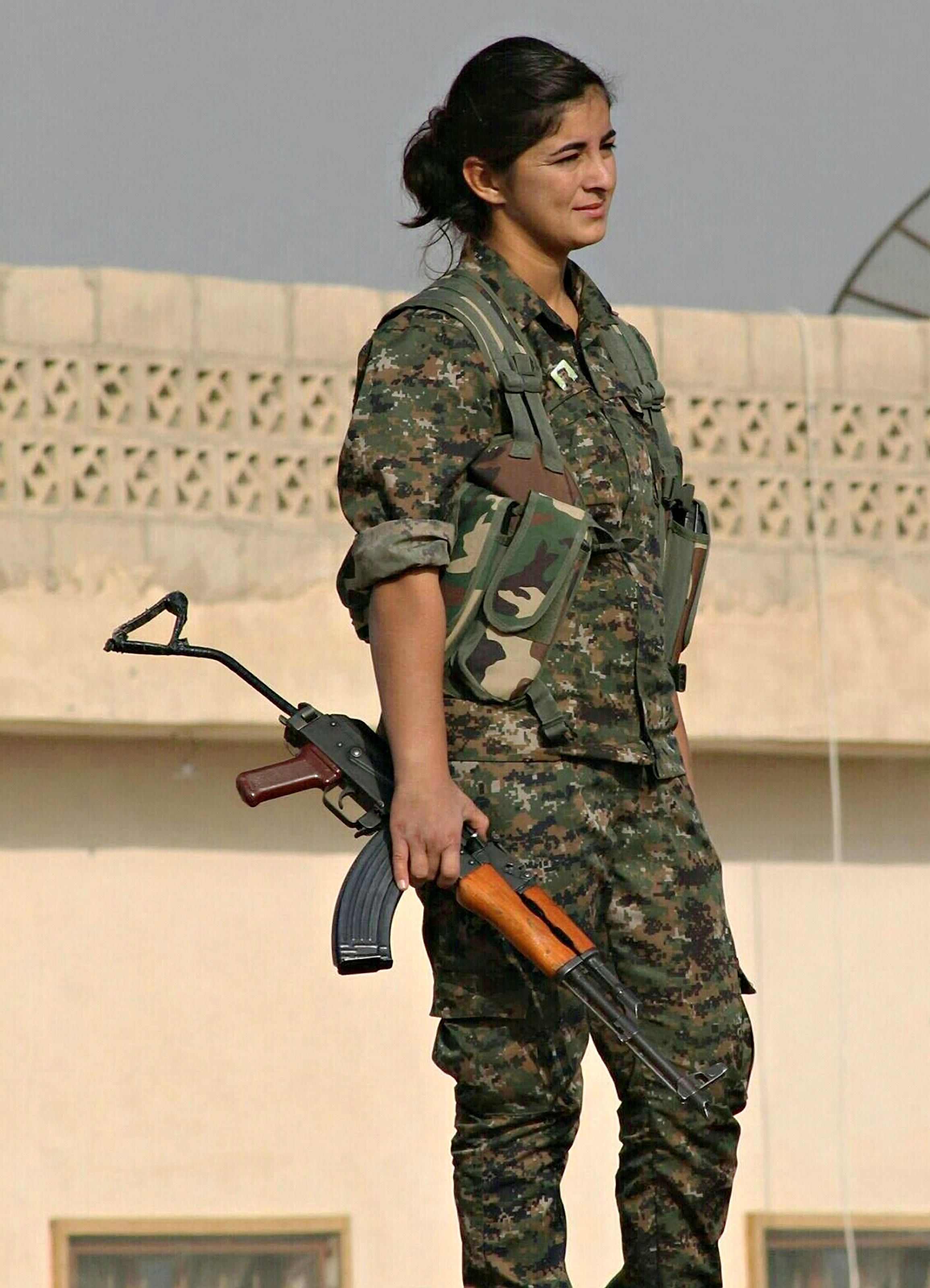
"museums can be agents of social change..."
Wearing our hearts on our sleeves
Kelly L. Reddy-Best and Dana Goodin curated a ground-breaking exhibit at the Iowa State University (ISU) Textile and Clothing Museum in early 2018, that told stories of queer women in the Midwest United States from the late 20th century to the present, through their loaned clothing. The exhibit also included interviews and participation from the local LGBTQIA+ community in its planning and development. The authors write: “The women’s garments, styles, and fashions represent the ‘shifting queer styles’ that capture the lived experiences of midwestern queer women in the latter part of the twentieth and early twenty-first centuries.” From hip Doc Martens white boots to beat up looking Birkenstock sandals and much more, the visually impactful exhibit hopes to fill the research gap of a largely unstudied group, as research focused on lesbian and LGBTQIA+ life generally has centered on cities and the coasts, while largely ignoring the Midwest. Rather than just being research for the sake of research, the exhibit was also in itself activism, as the authors explain: “museums can be agents of social change.”
The authors write: “Focusing the work on historically oppressed communities centers their experiences and histories as important and works toward normalizing and increasing cultural competence surrounding their identities and expressions. We wrote this paper first and foremost to share the authentic voices of queer identities and histories through each of the participant’s unique practice of style-fashion-dress. Second, we hope to further the conversation and inspire other museum professionals to think critically and creatively about their future exhibition and collecting decisions, practices, and policies and to use our exhibition process as one possible model for their institutions to represent erased or unseen identities, specifically queer identities, in fashion history.”
What was striking was how the very clothing told a history of change, of attitudes and experiences in the in the LGBTQIA+ community, like this story of the pink triangle. The authors write: “The Lavender Graduations (at Iowa State University) are a separate ceremony honoring the accomplishments of graduating LGBTQ + students since 1998. The original (graduation accessory) design featured an inverted pink triangle motif, a symbol used to identify gay and lesbian inmates in Nazi concentration camps (which) was reclaimed by queer activists in the 1990s as a sign of resistance and anti-homophobic action. This motif was changed to the university’s logo (the letters ISU), as a University spokesperson said “it resonated with students less and… (we wanted) more of an emphasis on participation at ISU.” The authors explain: “Lemke’s reflection on the change in stole design highlights how the signs and symbols communicating queerness shift over time.”
Read Queer Fashion and Style: Stories from the Heartland—Authentic Midwestern Queer Voices through a Museum Exhibition from the journal Dress.

"My very existence is defiance..."
Recoding the failed scripts
As Instagram has been instrumental for RKOT in making the private public, Black plus-sized content creators are using it to change the paradigm of how Black plus-sized women are portrayed. In her article Watch out for the big girls: Black plus-sized content creators creating space and amplifying visibility in digital spaces, Sherri Williams profiles three Black digital content creators, Sesali Bowen, SheRea DelSol and Philande Jean, and explains their significance. Williams writes: “During the decade that Feminist Media Studies debuted, some of the most high-profile Hollywood images of larger Black women in mass media were those of Black men wearing fat suits and portraying fat Black women (Tyler Perry as Madea, Martin Lawrence as Big Momma and Eddie Murphy as Rasputia). Those popular characters robbed larger Black women of any complexity and humanity and turned their bodies into a spectacle and amplified dangerous stereotypes of them: angry, aggressive, unattractive, menacing.”
Williams continues: “Two decades after male mammies dominated Hollywood representations of fat Black women, now larger Black women are claiming space for themselves in the media landscape and telling their own stories through social media, especially Instagram… Sesali Bowen (@BadFatBlackGirl), SheRea DelSol (@SheReaDelSol) and Philande Jean (@VirgoSass) … affirm fat Black women’s bodies and existence. The photos they share, captions they post, videos they upload and the stories they tell about themselves as fat Black women reflect complexity, humanity and beauty. They are creating what scholar Moya Bailey calls digital alchemy—'ways that women of color, Black women, and Black nonbinary, agender, and gender-variant folks in particular transform everyday digital media into valuable social justice media that recode the failed scripts that negatively impact their lives’.”
Phalande Jean, Sesali Bowen, and SheRea Del Sol tell in their own words why they are on Instagram and how they are changing the dominant discourse. Phalande Jean describes how Instagram has allowed her to do that “recoding” Bailey talks about: “I love that there’s a space where I can call things out like, ‘That’s fatphobic. Please don’t talk to me about this or don’t talk about that”. Besides calling out the fatphobia of others, these content creators have found Instagram a place to simply “be”, as Sesali Bowen explains: “I think that my work on Instagram has been a lot about the right to exist.” Taking it a step further, these women also see their presence as a political act, as SheRea Del Sol writes, “my very existence is defiance, because people want fat women to hate themselves”, and Phalande Jean explains: “Mine is not to comfort. I want to stir that thing inside of you for you to do that self-reflection. Why do you feel this way when I look at Phalande or any other fat Black influencer?”
Read Watch out for the big girls: Black plus-sized content creators creating space and amplifying visibility in digital spaces from Feminist Media Studies.
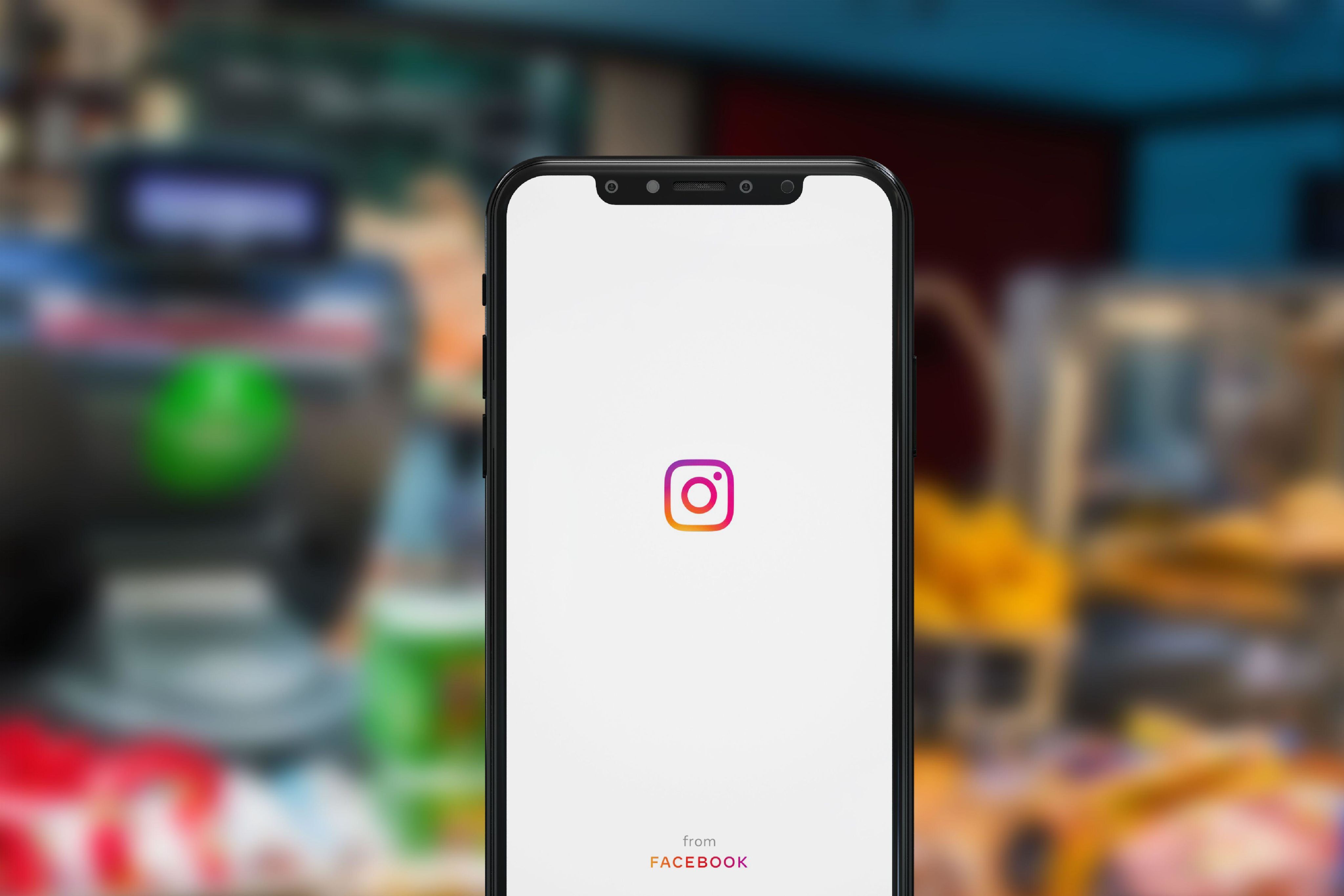
"understanding the first-told stories of reproductive healthcare experiences is critical..."
The listener
In June 2022, the 1973 Roe V. Wade decision of the U.S. Supreme Court, in which the Court ruled that the Constitution of the United States conferred the right to have an abortion, was overturned. For millions of Americans, and people all over the world, this was a shock. What has emerged in the aftermath of this ruling is that thousands of women are telling their abortion stories, many for the first time. Before this ruling, in 2019, Rebecca Constantini interviewed college-aged women in Texas in an atmosphere of “heated ideological and policy debates”, interviews which exposed her “to the gravity of the risks and hardships they endured to obtain birth control, remedy diseases in silence, or the many miles that were secretly traveled to reach a Planned Parenthood.”
Stories that humanize have the power to sway opinions, and it is in hopes of doing just that that Constantini does this work, explaining: “Given the recent defunding efforts aimed at reproductive healthcare across the United States, understanding the first-told stories of reproductive healthcare experiences is critical; they can provide insights into the vulnerable dispositions, experiences, and challenges encountered by those who are among the most affected by the political ramifications of these defunding efforts, namely college-aged women, women of color, women with disabilities, and members of the LGBTQ+ community.” Constantini continues: “The reproductive healthcare (RH) experiences of college-aged women are often depicted in statistics and charts in academic literature; they are not necessarily heard.”
What is most striking about Constantini’s recollections is the fact that for many women, Constantini was the first person they were telling their stories to – one would assume these personal accounts would have been shared with families, friends, partners or healthcare providers but in most cases they were not. Social stigma, lack of a supportive network, secrets kept from parents due to ideological beliefs, and lack of access to education were just a few of the reasons that these young women’s journeys were fraught with misinformation and life-altering challenges.
One 22-year-old-woman shared this heartbreaking account, something that seems shocking to have happened in a developed country: “Nobody goes out of their way to tell you anything, so a lot of times the information comes too late, or it doesn’t come um, you know …I have a son, and um … before I had him, if I had known that tracking your period is also for trying to not get pregnant … but nobody went out of their way to, like, share that with me or anything.”
Constantini leaves us with questions: “In the context of healthcare, national surveys and research show that people tend to hide or avoid telling medical professionals the truth about their health conditions and histories for various reasons, yet during my short interviews, the participants offered detailed accounts of their RH experiences... Perhaps my call for participation – which began with, 'What is your experience?' in bold, purple lettering – offered an open forum for some to share their deeper, untold stories with me, the story-listener, who was already interested and invested. I was the promise of an active listener.”
Read “I’ve never told anyone this, but...”: First Tellings of College-Aged Women’s Reproductive Healthcare Experiences from the journal Health Communication.
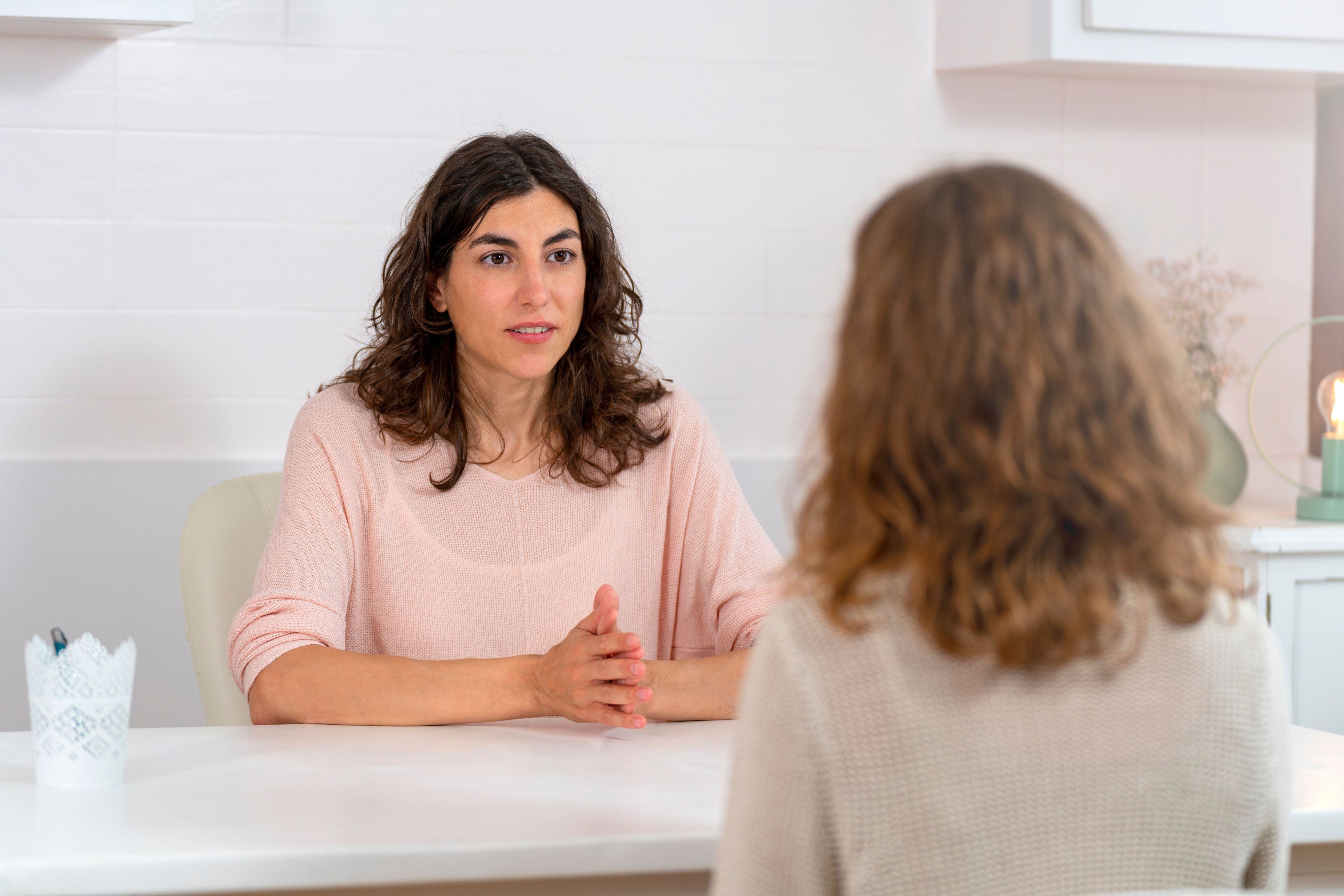
You might also like:
Insights and blogs
Social justice and sustainability
Find out about the content we publish, commitments we've made, and initiatives we support related to social justice and sustainability:


